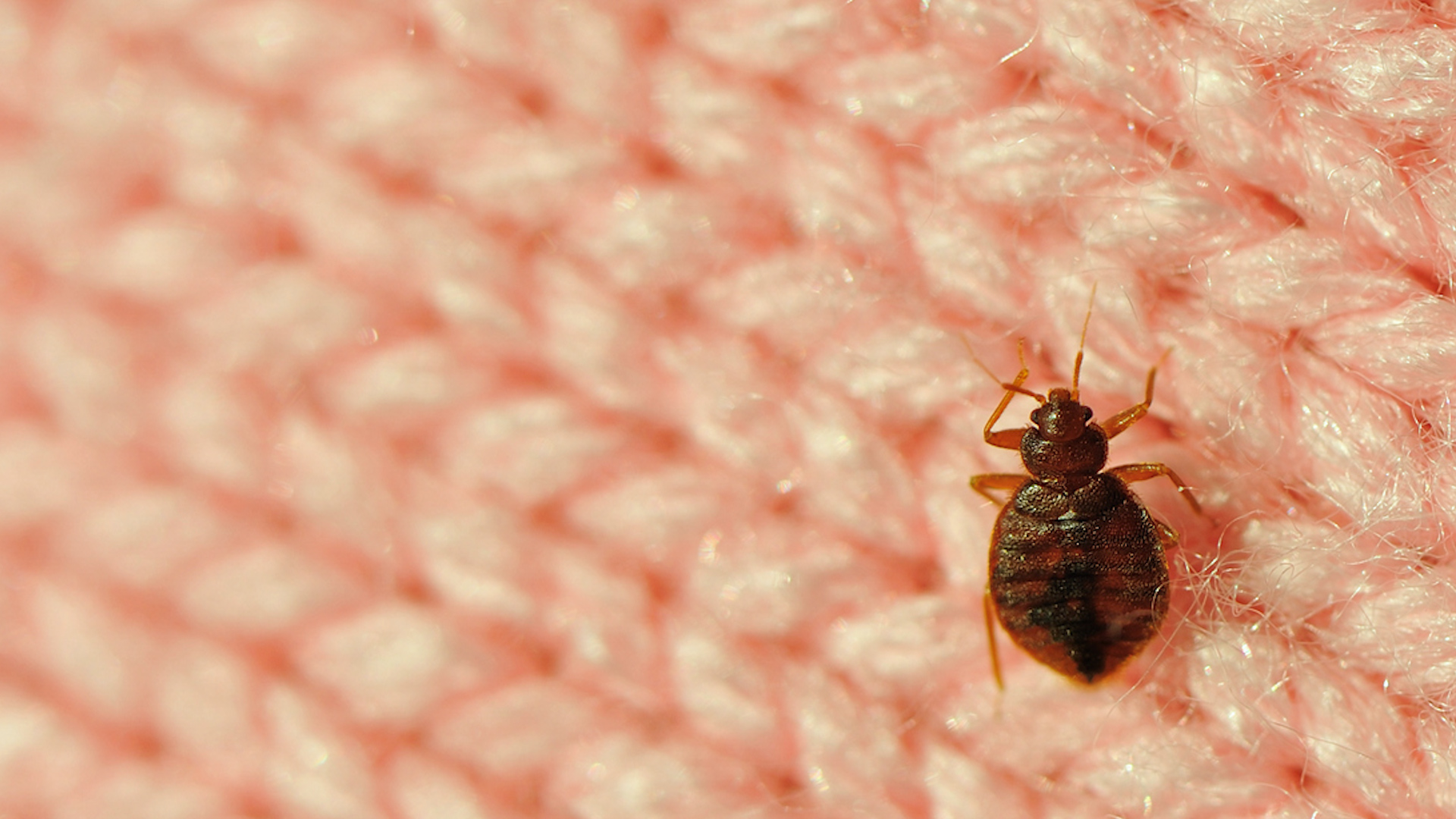9 Terrible Pest Control Mistakes and How-to Avoid Them
 Pest control involves much more than point and spray. The little critters have a plan to infest your bed, walls, furniture and woodwork, and if you don’t figure out their plan, they will never go away. They may recede for a few days or even weeks, but they are still there and planning their comeback. In order for you to have a better chance at becoming pest-free, here are nine mistakes many people make that only postpone the inevitable along with suggestions of how to avoid making the same mistakes again and again.
Pest control involves much more than point and spray. The little critters have a plan to infest your bed, walls, furniture and woodwork, and if you don’t figure out their plan, they will never go away. They may recede for a few days or even weeks, but they are still there and planning their comeback. In order for you to have a better chance at becoming pest-free, here are nine mistakes many people make that only postpone the inevitable along with suggestions of how to avoid making the same mistakes again and again.
1. If rodents are your problem, it is especially important to know their habits. You may put a mousetrap in the middle of your kitchen floor every night and never get a taker. The reason is that mice like to travel along walls and will rarely venture to the middle of the room. You may also put traps under floor cabinets or behind the stove or refrigerator where mice feel safe and hidden.
2. Searching for Carpenter ant nests during the day is a common mistake because people may see two or three during the day, but not find the nest. Most Carpenter ants are outside the nest at night, so it may be easier to follow them back. They nest in wood, door and window frames and outside in trees, decks or pagodas. If you look with a flashlight in these places at night, you have a better chance of finding the nest.
3. According to Hometown Pest Control, search under box springs for bed bugs. These blood-sucking horrors are experts at hiding from you and can squeeze into the tiniest places. Use a flashlight and look carefully in every part of your bedding and mattresses. If you see dark stains or bits of insects, you will most probably find bedbugs if you look carefully.
4. Stink bugs are better treated while they are still outdoors. Once they get inside, they are difficult to remove. Before it starts getting cold at night, you should seal your windows or make sure they are covered with screens. The stinkbugs can be exterminated with long-lasting insecticide on the outside around doors and windows. Make sure the product is specifically for stinkbugs.
5. Using the wrong chemical is a common mistake. Insecticide, pesticide, fungicide and herbicide are all chemicals that have been designed for different purposes. When it comes to getting rid of insect pests, it seems that spraying anything you have handy is fine. However, some are only meant to be used outdoors and should never be used indoors. You need to know what chemicals you have and the proper place to use them. Unless they specifically state on the label that they are environmentally friendly and harmless to pets and humans, they are toxic and dangerous to breathe.
6. Trial and error is not a good approach to pest control. At best, it may be ineffective and at worst, it can be dangerous. You may find collars, traps, sprays and tricks to get rid of certain pests, but you may be just removing the tip of the proverbial ice burg. It will be more expensive to continue to buy bug sprays and other things than to have the job professionally done right the first time.
7. Sprays are not the best treatment for ants. When you find ants in the bathroom or kitchen, you may just want to get rid of them, but the initial ants are destroyed and the rest just run away. The best way to avoid this is to bait the ants with the proper product that it will carry back to the nest and eliminate the entire colony.
8. A dirty house and overgrown yard is a pest’s best friend. One mistake not to make is to let your home and garden become a haven for pests before you decide to eliminate them.
9. Make sure any object you bring inside your house from the garage or yard or even luggage from a trip does not contain any stowaways that are looking for a comfortable place to nest.
Know your pest. If you do some research on your particular pest, you may learn its nesting habits. Each kind of pest requires a specific treatment. Once you know the lifecycle of your pest, you have a better chance of eradicating it.

















